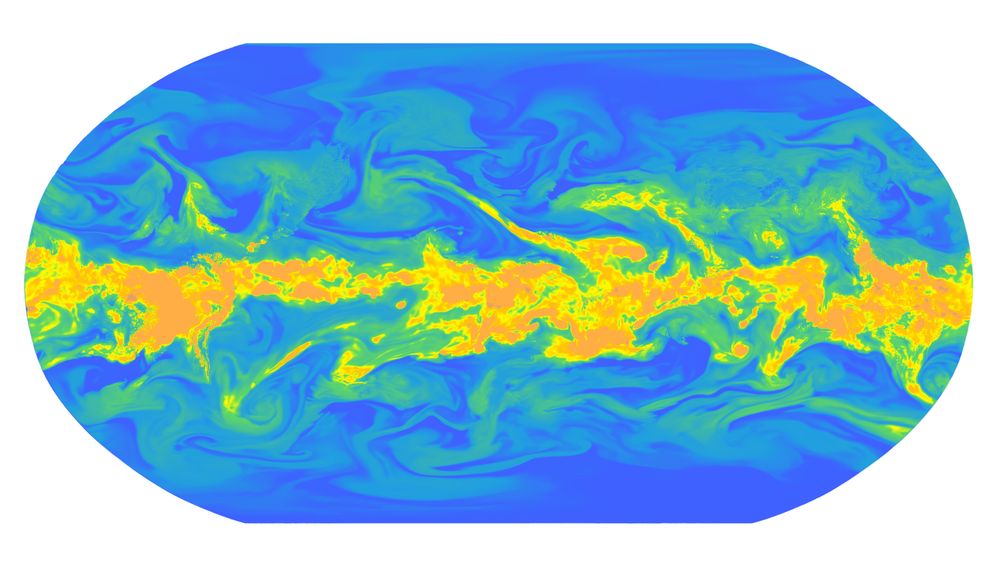AI for Science, deep generative models, inverse problems. Professor of AI and deep learning @universitedeliege.bsky.social. Previously @CERN, @nyuniversity. https://glouppe.github.io
Hot off the arXiv! 🦬 "Appa: Bending Weather Dynamics with Latent Diffusion Models for Global Data Assimilation" 🌍 Appa is our novel 1.5B-parameter probabilistic weather model that unifies reanalysis, filtering, and forecasting in a single framework. A thread 🧵
Reposted by Gilles Louppe


AdoptAI, a business show: pretty videos, promises about AI, 2.30€ coffee
NeurIPS@Paris, a research conference: equations, free coffee
AI business wouldn't exist without research. Let's not forget it and keep investing in research





Reposted by Gilles Louppe
Reposted by Gilles Louppe

If you are interested in reading through the architecture details, I coded it from scratch here: github.com/rasbt/LLMs-f...

Reposted by Gilles Louppe
A virtual mouse cortex simulation, thanks to a global collaboration.
🧠📈 https://alleninstitute.org/news/one-of-worlds-most-detailed-virtual-brain-simulations-is-changing-how-we-study-the-brain/
Reposted by Gilles Louppe

8x faster than v1, it can compute extreme situations and game out scenarios in one minute flat on a single TPU (as opposed to hours of supercomputer time for traditional algorithms)
will be available in all of Google’s weather apps
blog.google/technology/g...
Reposted by David M. Markowitz, Gilles Louppe

Reposted by Gilles Louppe
Reposted by Gilles Louppe


dsi.wisc.edu/2025/11/10/d...
Reposted by Gilles Louppe

Reposted by Gilles Louppe

arxiv.org/abs/2510.21686
Reposted by Gilles Louppe

It might not be the easiest intro to diffusion models, but this monograph is an amazing deep dive into the math behind them and all the nuances





Reposted by Gilles Louppe

We use score matching and a trick from quantum field theory to make a product-of-experts family both expressive and efficient for variational inference.
To appear as a spotlight @ NeurIPS 2025.
#NeurIPS2025 (link below)
Reposted by Martin Tomko, Gilles Louppe

Reposted by Gilles Louppe

tinyurl.com/Samudrace
Reposted by Gilles Louppe
𝗔𝗻 𝗶𝗻𝘁𝗲𝗿𝗽𝗿𝗲𝘁𝗮𝗯𝗶𝗹𝗶𝘁𝘆 𝗱𝗲𝗲𝗽 𝗱𝗶𝘃𝗲 𝗶𝗻𝘁𝗼 𝗗𝗜𝗡𝗢𝘃𝟮, one of vision’s most important foundation models.
And today is Part I, buckle up, we're exploring some of its most charming features. :)
Reposted by Peter Thorne, Gilles Louppe

We've built a data-driven calibration of the James Webb Interferometer to near its fundamental limits for high-res imaging - explainer at @aunz.theconversation.com!
Reposted by Gilles Louppe

📃 www.jasrac.or.jp/magazine/int...

